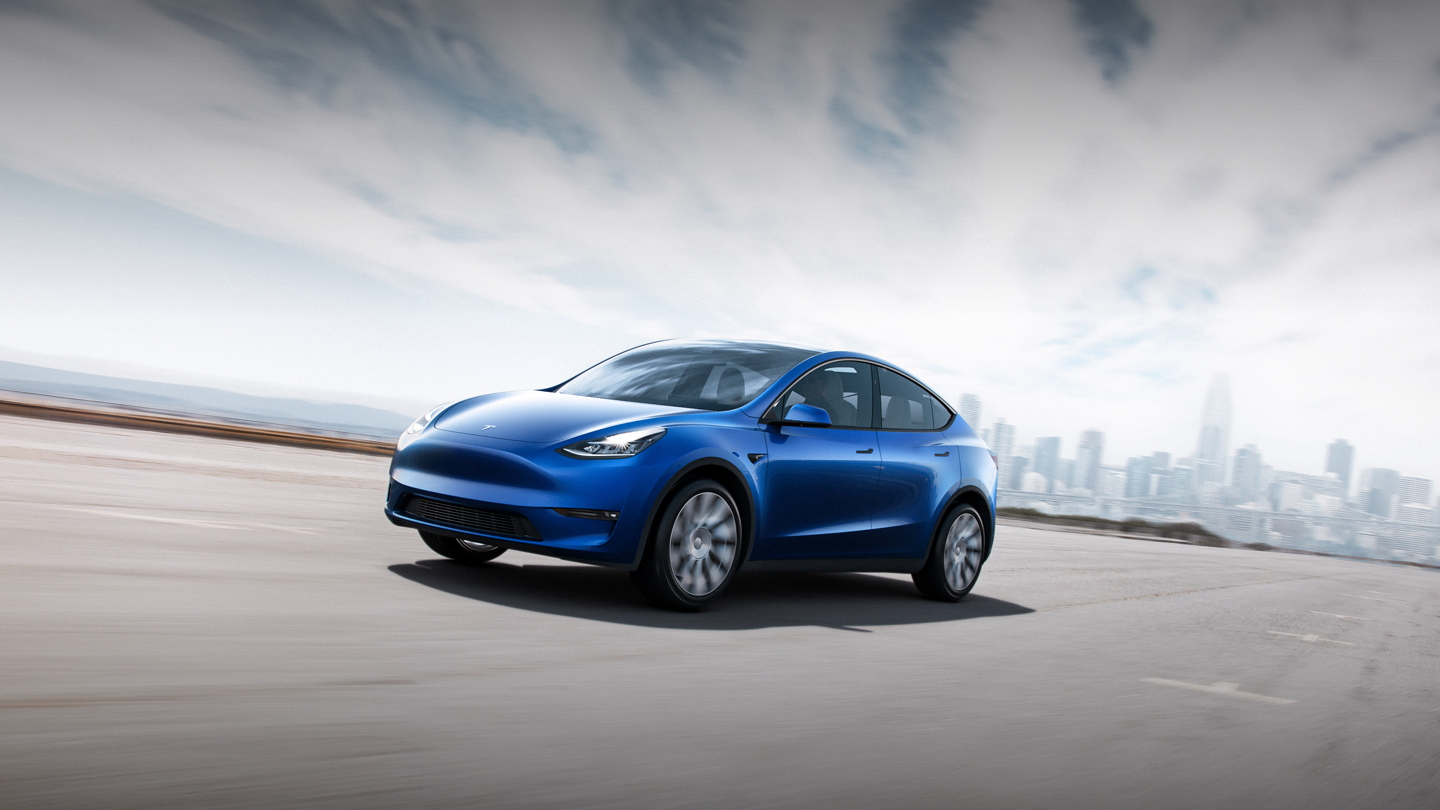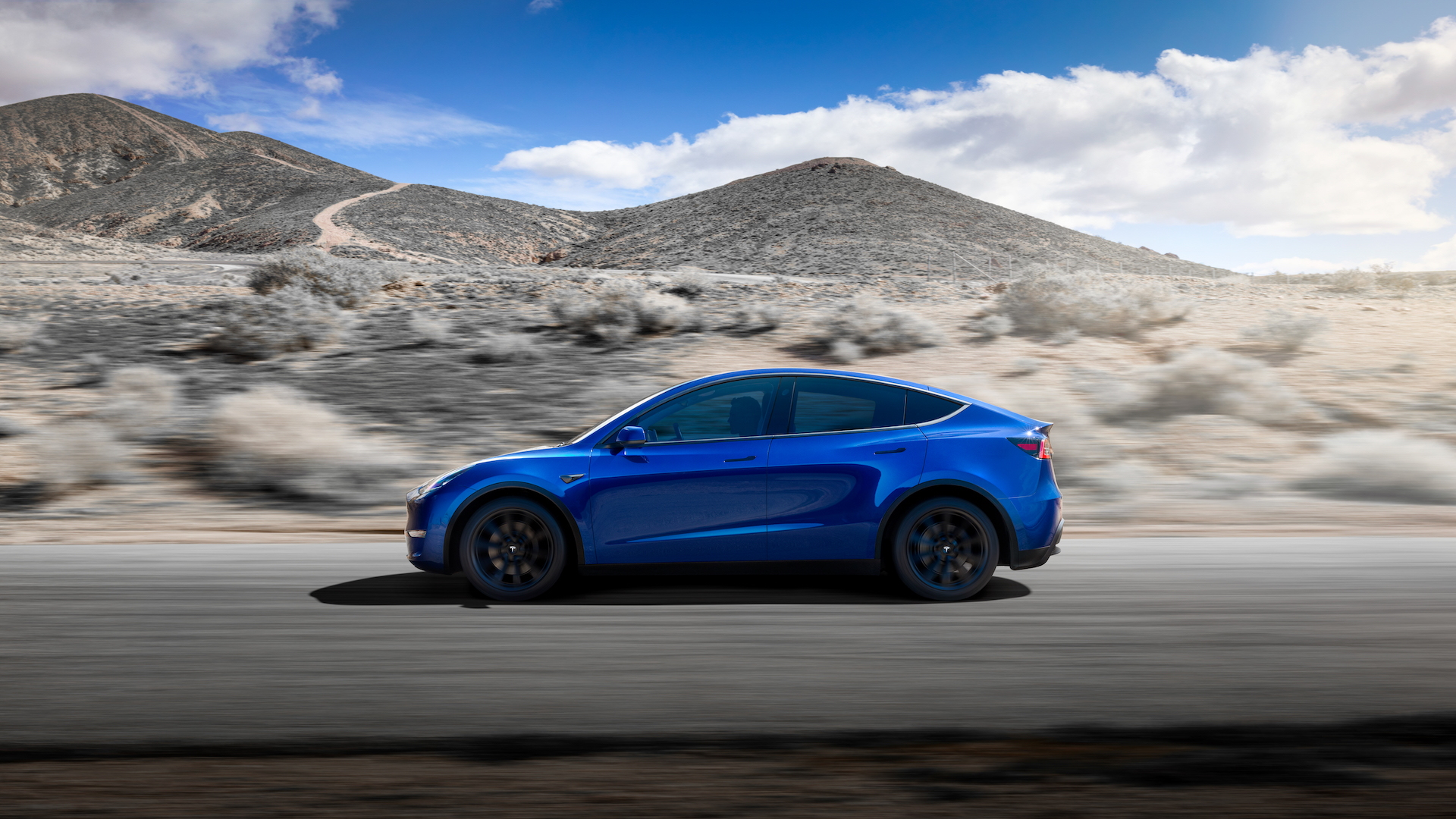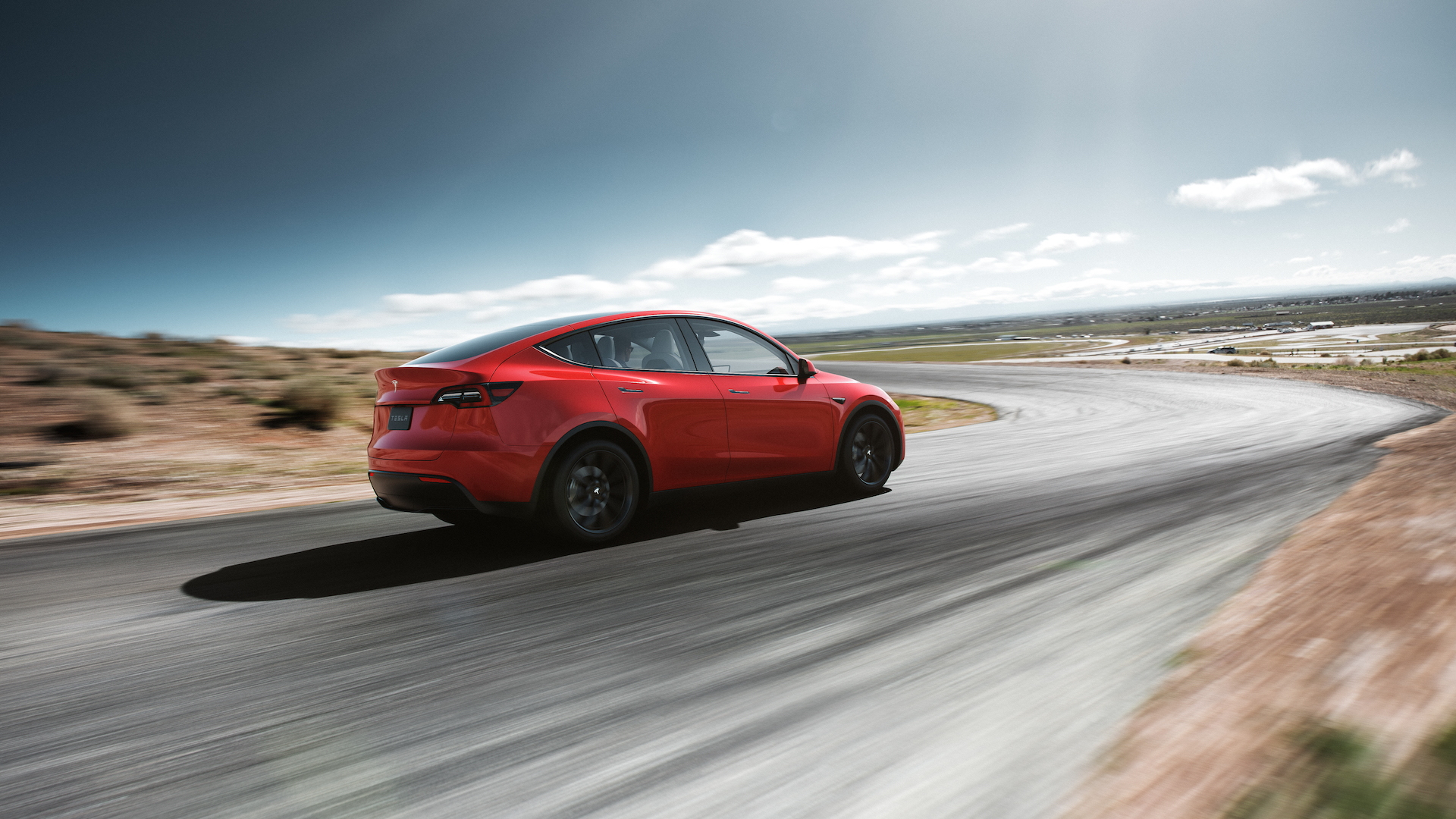Tesla CEO Elon made a very tall-sounding pronouncement in the middle of the company’s quarterly earnings call on Monday: He thinks the Tesla Model Y will become the world’s top-selling car or truck of any kind. In 2022.
It wasn’t just Musk going off-script, and it might not be as much of a moonshot as it sounds. The company even spelled it out in its accompanying presentation to shareholders: “We believe Model Y can become not just a category leader, but also the best-selling vehicle of any kind globally.”
At present, the best-selling SUV in the world is the Toyota RAV4, which hit about 994,000 deliveries in 2020. In this unusual year it displaced the longtime chart-topping Toyota Corolla and Ford F-Series for the best-selling passenger vehicle spots.
The Toyota RAV4 Prime plug-in hybrid has been recently singled out as one of the most sought-after models on the market, with one of the shortest times in U.S. dealer inventory. Simply put, Toyota isn’t delivering enough of them to meet demand.

Toyota BZ4X concept - 2021 Shanghai auto show
Last week Toyota showed the bZ4X Concept, which shows the direction to an all-electric vehicle about the size of the RAV4; Toyota hasn’t yet detailed whether it sees the bZ4X as a niche model or the mainstream.
Although Tesla didn’t break out Model Y and Model 3 sales, it reported that it delivered a combined total of nearly 443,000 of those two models in 2020. That’s the tally considering the “touchless” market launch of the Model Y last March, in a global pandemic, in a year fraught with production obstacles and drama over health and labor issues.
Tesla delivered its first Chinese-made Model Y in January, and over the next year it plans to ramp up production of the electric crossover in Berlin, Germany, and Austin, Texas—all while it continues to make them in Fremont, California. In the first quarter, considering California and China production combined, Tesla delivered more than 180,000 Model Y and Model 3, with Model Y a growing portion of those.
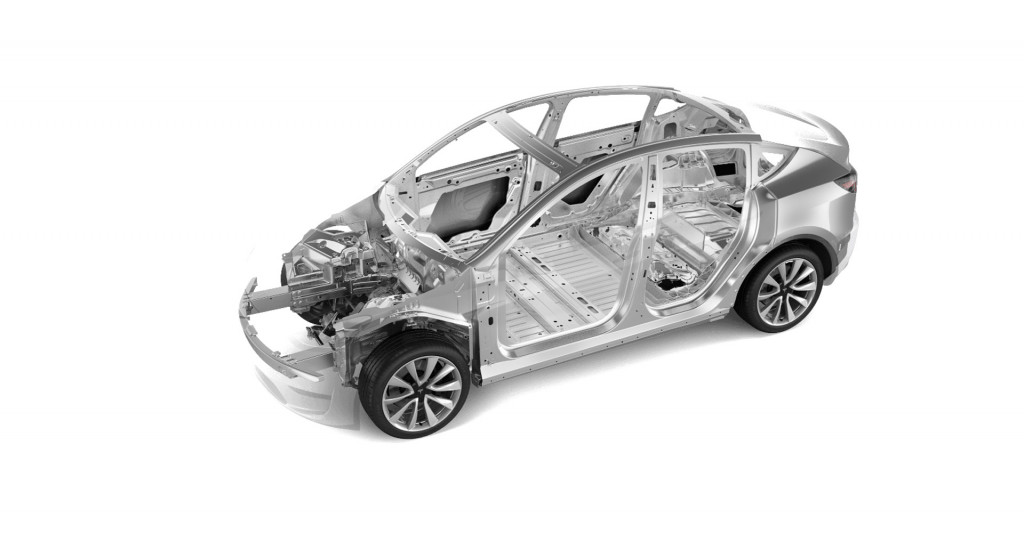
Tesla Model Y
The Model 3 is already outselling what Musk sees as its combustion-engine competitors. It ousted the BMW 3-Series, globally, three and a half years into its production run, and has become the bestselling “midsize premium sedan” in the world—or the bestselling luxury sedan of any kind in the world.
But there’s a barrier to how quickly Tesla might be able to ramp up production to meet demand: It might not have enough cells.
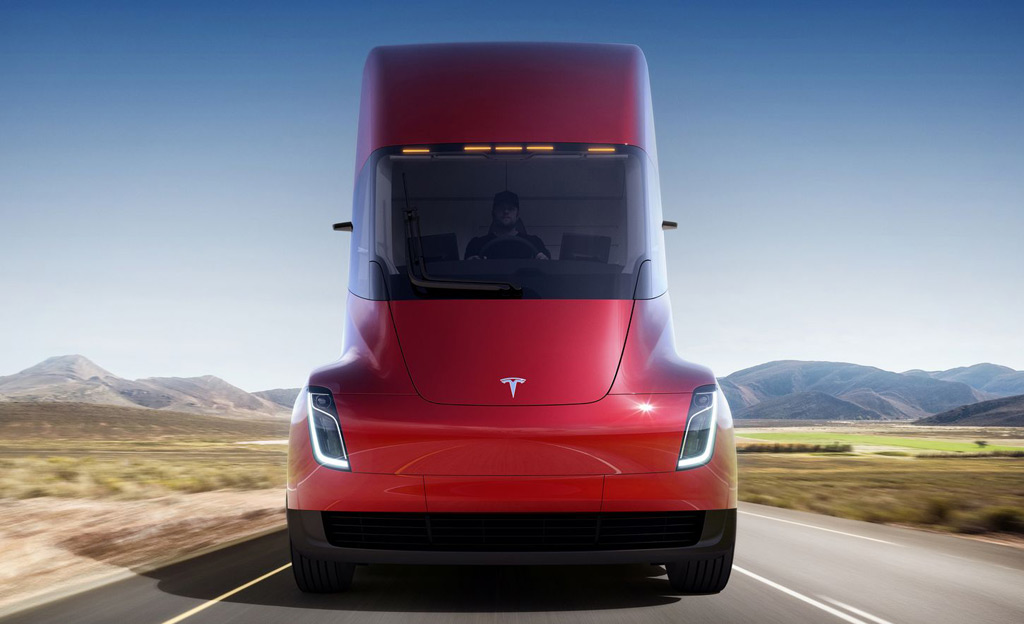
Tesla Semi
Although it’s working to ramp up production of the larger-format 4680 cells that were at center stage for the company’s Battery Day presentation last September—to potentially allow Semi deliveries without drawing cells away from the other models—those remain 12 to 18 months from volume production, the company will rely on battery suppliers even more.
Tesla plans to buy double the cells from them in 2022.
“We want to be super-clear about that,” said Musk. “We’re not about replacing suppliers; it’s about supplementing suppliers.”
Musk said that Tesla has very strong partnerships with CATL, Panasonic, and LG. “Our request to our strategic partners for cell supply is, please supply us with as much as you possibly can, and provided the price is affordable, we will buy everything that they can make,” he said.

2021 Volkswagen ID.4 - First drive, Portland OR
The closest rival for the Model Y in terms of global sales volume might potentially be the Volkswagen ID.4; but VW is planning for a slower ramp-up, aiming for 500,000 ID.4 electric crossovers annually by 2025.
How soon will the Model Y top the charts? Will it? It’s not likely we’ll see any certainty until we see how well Tesla ramps up its new plants and how smoothly the industry moves on from supply-chain hiccups.

